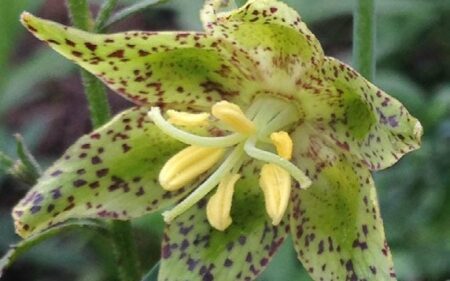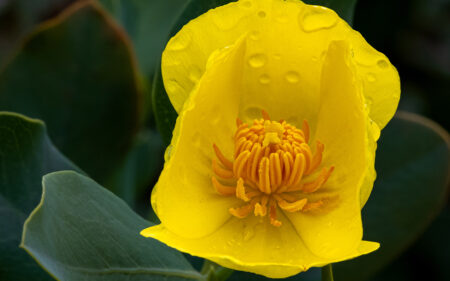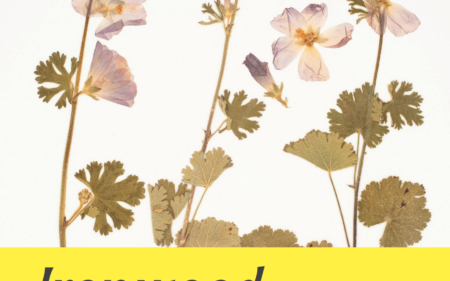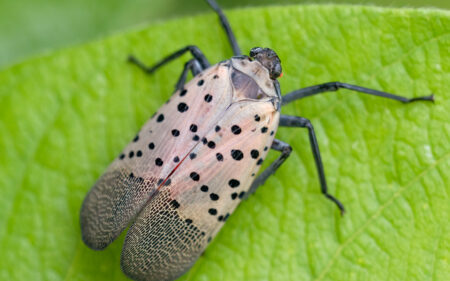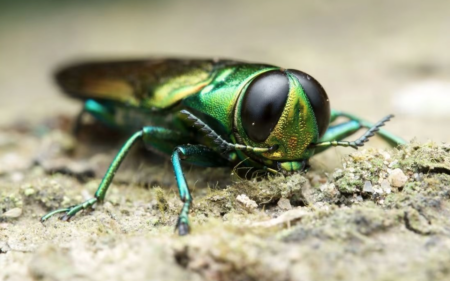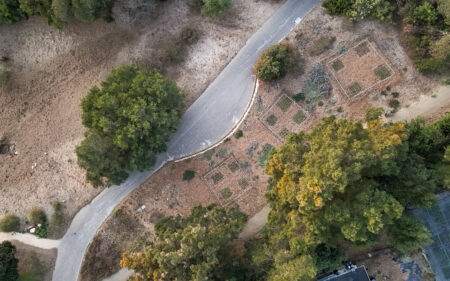Aves de invierno y dónde encontrarlas
En el sur de California, el cambio entre las estaciones puede ser a que las aves son y no están presentes en nuestros patios, Jardines, sutil. Con las temperaturas de congelación y la nieve limitada a y espacios abiertos, podemos construir nuestra fluidez estacional en el sur de elevaciones altas y una abundancia de árboles / arbustos de hoja perenne California. Para gran parte de América del Norte, el invierno es una estación de en las comunidades de plantas dominantes de las elevaciones más bajas (bosque de robles, chaparral, matorral de salvia costero, etc.), la llegada del otoño y su transición al invierno no parecen seguir la misma procesión solemne que experimentan las latitudes del norte o los paisajes más al este. En gran parte, esto se debe al clima mediterráneo de California, donde la época más estresante del año se produce durante nuestro largo y seco verano, en contraposición al gélido invierno. Sin embargo, una mirada aguda y una apreciación de los cambios a nivel de ecosistema revelan importantes transiciones estacionales más allá de los días más cortos y las temperaturas más frías.
Uno de los mejores indicadores de la estacionalidad en nuestra región, especialmente en esta época del año, es la avifauna local. Prestando atención a las aves que están y no están presentes en nuestros patios, jardines y espacios abiertos, podemos construir nuestra fluidez estacional en el sur de California. En gran parte de Norteamérica, el invierno es la estación de los gorriones. Estos comedores de semillas forman grandes bandadas en todo el continente y hay algunas especies que estarán presentes en nuestro jardín y en sus barrios durante todo el invierno.


Gorrión de corona blanca (Zonotrichia) - Estos grandes gorriones del género Zonotrichia son típicos de ese grupo por ser de cuerpo relativamente grande y tener la cola larga. Los adultos tienen un fuerte patrón blanco y negro en la cabeza, mientras que los jóvenes prefieren una combinación de corona y línea de ojos rojiza. Como se alimentan de semillas, les atraen plantas como el trigo sarraceno (Eriogonum sp.), la vara de oro (Solidago sp.) y otros miembros de la familia del girasol (Asteraceae). Búsquelos en la muestra de cobertura del suelo cerca de la entrada del jardín, en la pradera y alrededor del sendero Porter.


Gorrión de corona dorada (Zonotrichia) - Estos primos del más omnipresente gorrión de corona blanca comparten las mismas proporciones corporales, pero tienen un plumaje diferente en general. Los gorriones dorados suelen ser de color marrón más oscuro con un dibujo negro y amarillo en la cabeza. Los jóvenes tienen un patrón de cabeza menos llamativo, pero el amarillo debe estar presente cerca del ojo. Son un poco más tímidos que los gorriones de corona blanca y es más probable encontrarlos en el sendero Porter y en la ladera este del Jardín, también se alimentan de semillas. gorriones de corona. Escuche su canto lastimero que a menudo se transcribe como "OOOh Deeear Meeeeee".


Gorrión zorro (Passerella iliaca) - Un tercer gorrión de invierno que es probable que encontremos en el jardín, en nuestros barrios o en espacios abiertos, es el gorrión zorro. También es un gorrión de gran tamaño con el pecho densamente moteado. Prefieren los hábitats densos y con matorrales, por lo que lugares como Meadow View, Porter Trail o Woodland Trail, o incluso en el Cañón, son buenas opciones para avistar a este pájaro. Es probable que estén escarbando en la hojarasca, buscando insectos y semillas para comer.
 Donar
Donar